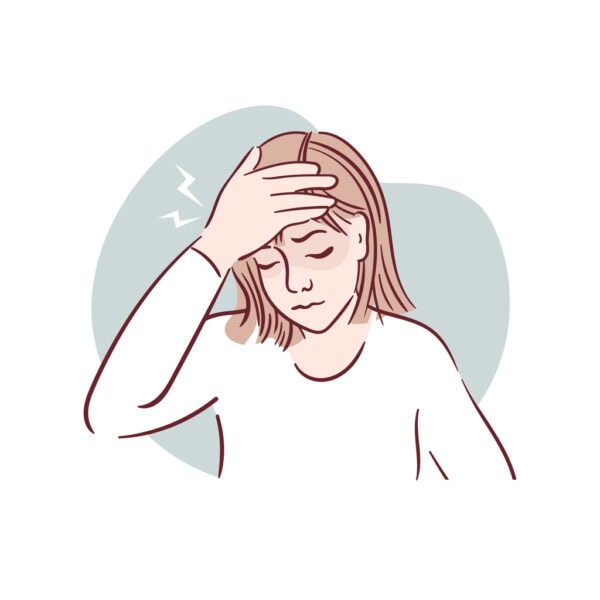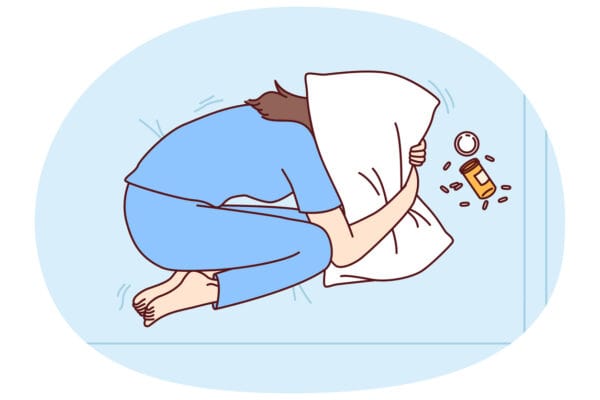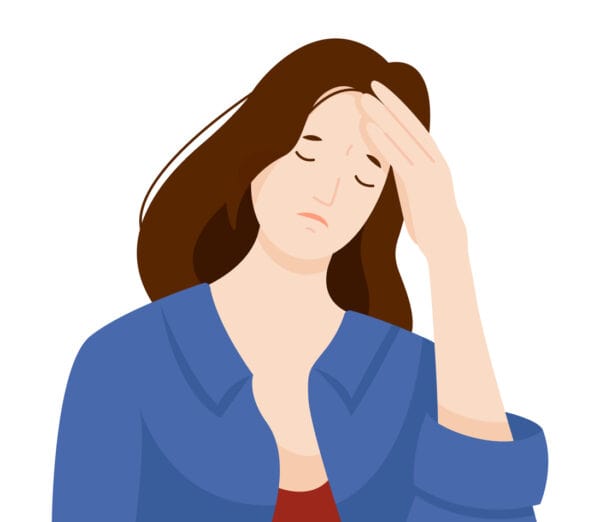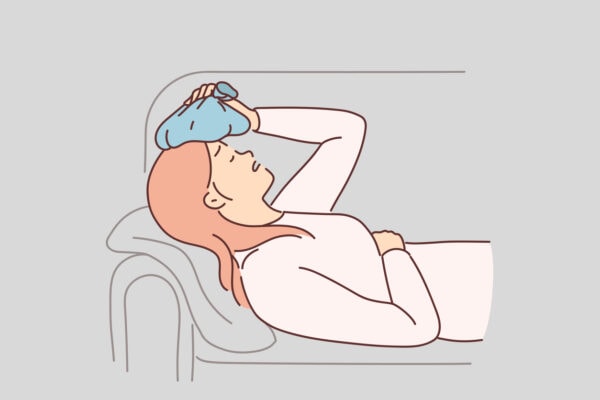STRENGTH IN EVERY STORY™
Fighting the Same Pain for 40 Years
Charlene’s Story, June 2025
*As told by: Fabiola Palomo
Diagnosis received: Chronic migraine
Symptoms: Stabbing pain on the forehead over the eye, Pain travels to the lower back of the head on the same side of the affected eye, Nausea, Sensitivity to light, Sensitivity to noise, Sensitivity to smell
Note: Charlene approved the use of these illustration images, which she feels best capture how she and others perceive her experience living with chronic migraine.
For decades, Charlene’s life has unfolded in two worlds: the one she tries to live in and the one her chronic migraine pulls her into without warning, with intense pain and aching loss. What started during her first pregnancy has become a chronic and relentless condition, leaving her with 12 to 17 migraine days each month, 10 to 12 of which force her to miss out on daily activities like work, family functions, and even moments with her children.

“The first migraine I remember was 40 years ago,” Charlene recalled. “I remember driving and I leaned my head against the window hoping the coolness would help... I honestly thought I had a brain tumor.” Since then, the attacks have only grown more frequent and more disabling.
Unlike some who can anticipate their attacks due to hormonal fluctuations, changes in sleep patterns, certain foods, stress, or weather changes, Charlene’s attacks strike without warning. “I’m fine, then all of a sudden, I’m not.”
An overwhelming pain starts on the forehead above one eye, then travels to the lower back of her head on that same side. Nausea may follow, and every attack brings sensitivity to light, sound, and smell. Attacks last anywhere from four hours to three days, constantly interrupting the rhythm of her life.
The effects of her condition in the workplace and career go unnoticed. “I’ve lost employment over these [migraine attacks]. I had to go on disability from my last job because I was having to take more sick/personal days than were allowed,” said Charlene.
Despite being diagnosed with migraine 30 years ago, recently, there have been new concerns. With her symptoms getting worse over time, Charlene had an MRI to explore possible causes like hemicrania continua or even a deeper issue involving the pituitary gland or hypothalamus. However, the results did not reveal anything significant, prompting her to continue advocating for herself as she searches for a better understanding of what is going on.
In the meantime, she’s tried just about everything from antidepressants, anti-seizure medications, and preventives. For the last decade, onabotulinumtoxinA, [injections], have helped Charlene manage her symptoms. Still, the attacks return with increasing frequency.
For Charlene, perhaps the most heartbreaking thing is not what the migraine does to her, but what it prevents her from doing. She recalled, with a quiet ache, not attending a mother-daughter sports night at her then, then-eight-year-old daughter’s school. “… I couldn’t even move my head. I was in so much pain that we couldn’t go. My husband tried to comfort her, [which] I’m sure she didn’t understand [at the time]. The next day was even worse when she came home from school, and there was only one other girl from her grade level that didn’t attend,” shared Charlene.
Moments like those are not rare. With its unpredictable nature and debilitating symptoms, migraine disease can significantly impact social life. Individuals may find it challenging to engage in social activities, which can result in feelings of loneliness and isolation. “I wish people understood it’s not just a headache. It is the most debilitating pain you can imagine. Family and friends feel sorry for you and wish they could help, but unless you have ever had a migraine, someone else does not know the pain and discouragement of having chronic migraines,” said Charlene.
Her advice to those who love someone with chronic migraine is to give some grace and be present, even if it seems like the person wants to be alone. “… as frustrating as it is for you to have to cancel something…the person dealing with the pain is also dealing with [having to miss] yet another event…Also, when the person says they just want to be left alone, please still check on them even if it’s to ask if they need a glass of water.”

Living for others, like her family, has played a role in helping Charlene navigate such difficult times, giving her a reason to keep moving forward. “There are times that I feel absolutely hopeless and helpless, but I try to concentrate on the good days… My family keeps me going…”

Coming from a place of resilience, Charlene encourages people to take control of their lives to ensure their needs are met. “My advice is, be your own advocate…. If you don’t feel you are getting the help you need, look elsewhere. No one knows your pain better than you do.”
*Disclaimer: This real story was drafted with AI assistance and reviewed for accuracy by the National Headache Foundation.

